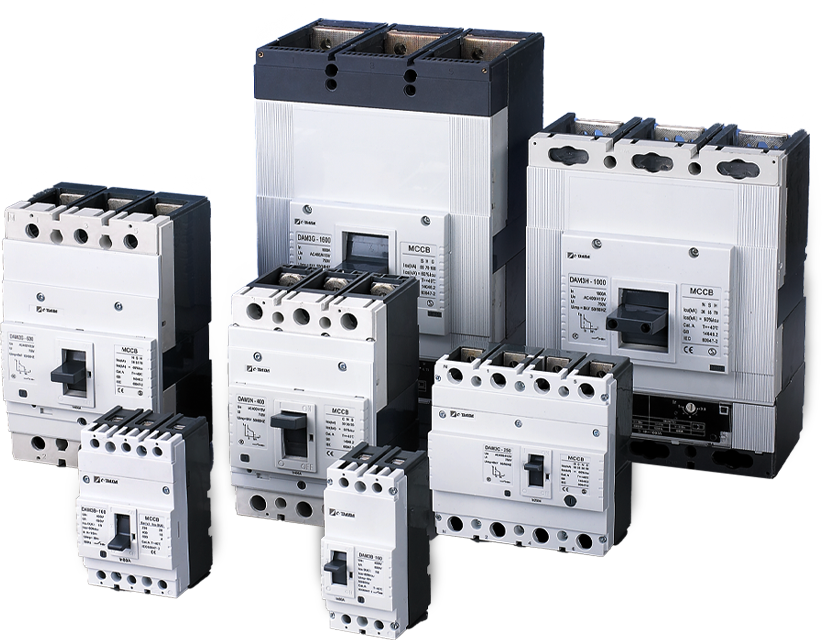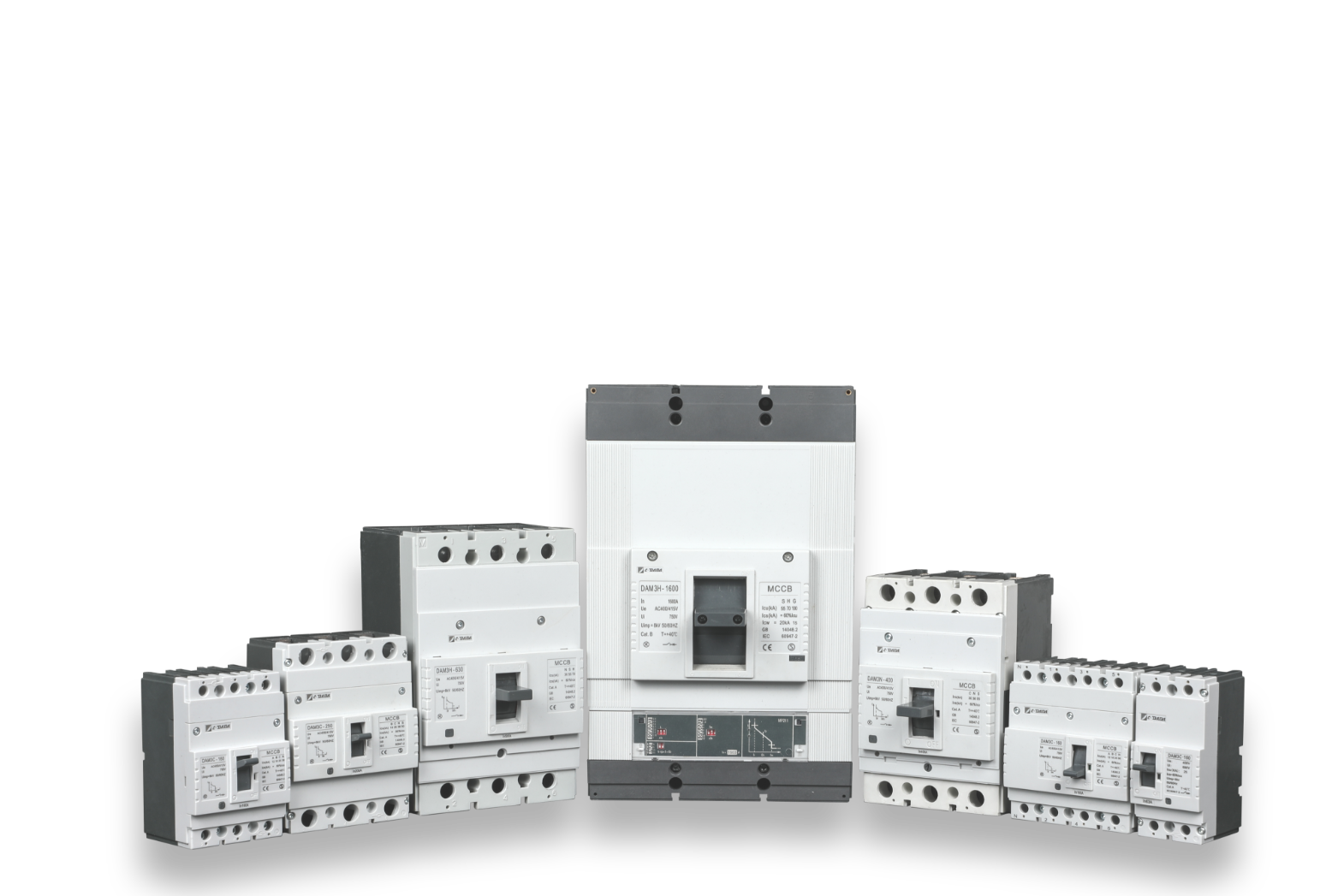Low-voltage circuit breakers (LVCBs) are essential components in modern electrical distribution systems. They provide crucial protection against electrical faults, ensuring the safety and reliability of power networks in residential, commercial, and industrial applications. Understanding their working principle helps users select the right protection devices and maintain a secure electrical infrastructure.
Electricity networks are prone to overcurrents and short circuits, which can cause severe damage to equipment and pose safety risks. Low-voltage circuit breakers are designed to detect and interrupt abnormal currents before they escalate, preventing overheating, fires, and system failures. They achieve this through a combination of thermal, magnetic, and electronic protection mechanisms.

Low-voltage circuit protection employs a variety of circuit breakers, each designed for specific purposes. These breakers fall into three main categories:
LVPCBs are commonly used in drawout switchgear systems and are designed for easy maintenance with replaceable contacts. They are housed within a metal frame and can be withdrawn for inspection. These breakers adhere to UL and ANSI/IEEE standards, making them ideal for applications requiring high durability and serviceability.
MCCBs are widely used in low-voltage distribution systems to protect equipment from overloads and short circuits. They are available in fixed-mounted and drawout designs. MCCBs use thermal-magnetic trip units to provide protection by responding to overcurrent conditions and short circuits. Some versions also incorporate electronic trip units for precise monitoring and control.
ICCBs blend features of MCCBs and LVPCBs, offering advanced protection with stored energy mechanisms and short-time capabilities. They are commonly used in fixed-mounted switchboards but can also be found in drawout configurations. Unlike LVPCBs, ICCBs typically do not allow for field maintenance but offer enhanced reliability.
A typical low-voltage circuit breaker consists of several key components: a frame, operating mechanism, contacts, trip unit, and arc-extinguishing system. These elements work together to detect and respond to electrical faults.
Low-voltage circuit breakers utilize three primary methods for fault detection:
Thermal Protection: A bimetallic strip bends in response to prolonged overcurrent, triggering the trip mechanism and providing overload protection.
Magnetic Protection: A solenoid coil generates a strong magnetic field during a short circuit, instantly tripping the breaker to prevent severe damage.
Electronic Protection: Advanced circuit breakers use microprocessors to analyze current flow and trigger precise trip actions based on programmed parameters, offering greater flexibility and accuracy.
When a fault is detected, the trip mechanism activates, causing the circuit breaker’s contacts to separate. This interrupts the electrical current but also generates an arc due to the sudden energy release.
To safely break the circuit, the breaker employs an arc-extinguishing mechanism. Arc chutes, composed of insulating materials, divide and cool the arc, dissipating the energy and ensuring a clean separation of contacts. This process minimizes contact wear and enhances the breaker’s lifespan.
After a fault is cleared, the circuit breaker can be manually or automatically reset. Manual reset requires user intervention, while some advanced models incorporate remote or automatic reclosing functions to restore power after transient faults.

Low-voltage circuit breakers play a critical role in various settings:
Residential buildings: Protecting home electrical wiring and appliances.
Commercial facilities: Safeguarding lighting, HVAC, and office equipment.
Industrial plants: Ensuring operational continuity in machinery and power distribution.
Renewable energy systems: Providing protection for solar and wind power installations.
Understanding the working principle of low-voltage circuit breakers is essential for maintaining a reliable and safe electrical system. By effectively detecting and interrupting faults, these devices prevent electrical hazards and equipment damage.
At DADA Electric, we are committed to delivering high-performance circuit breakers that meet global safety standards. Explore our wide range of low-voltage protection solutions to ensure the safety and efficiency of your electrical network.